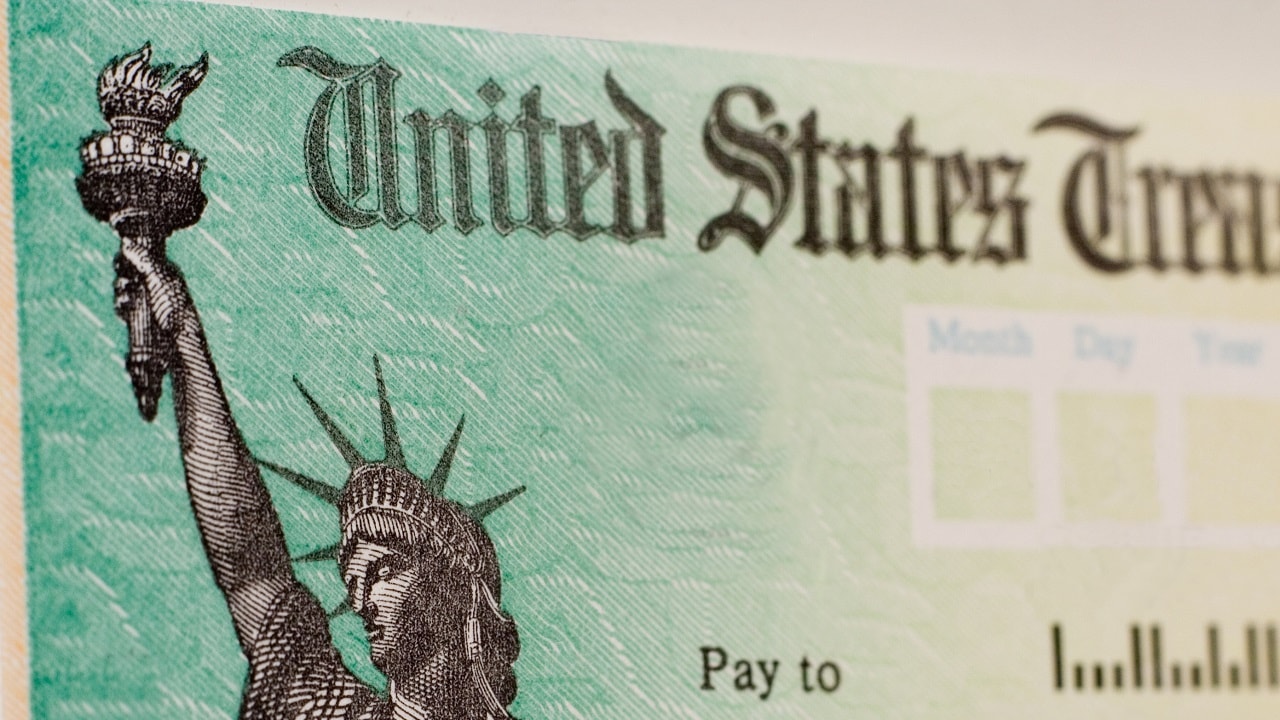It’s tax time, which has a lot of Americans rushing to get their taxes done to collect what they hope will be a sizable refund.
But not every taxpayer is quite so lucky, and many of them end up owing some amount of taxes at the end of the year. If they end up with a big tax bill, what should taxpayers do?
Can Pay Your 2024 IRS Tax Bill? Don’t Do Anything Illegal
What taxpayers should not do is nothing. If you owe taxes now and you don’t pay them, you’re going to end up owing way more in the future, thanks to back taxes and penalties.
It does not feel great to deal with such a problem now, but it’ll feel even worse to deal with it later.
What you also should not do is file a false return or do anything else that’s fraudulent or dishonest. Some prominent people have learned that one the hard way, from Wesley Snipes to Willie Nelson to former First Son Hunter Biden.
The late baseball star Pete Rose pled guilty in 1990 to charges of filing false tax returns and did five years in prison, shortly after his banishment from baseball for gambling on games.
And while this is among the less notorious bad acts committed by Rose throughout his life, President Trump has vowed to posthumously pardon the Major League Baseball hit king.
How to Deal With a Big Tax Bill
According to the IRS’ website, those who acknowledge that they owe taxes but are unable to pay them “may qualify for a self-service, online payment plan (including an installment agreement) that allows you to pay off an outstanding balance over time.”
Both short- and long-term payment plans are available, along with the option of paying in full. The IRS defines “short-term” as 120 days or less than $100,000 owed in “combined tax, penalties and interest,” while long-term is considered “paid in monthly payments, and the amount owed is less than $50,000 in combined tax, penalties and interest.”
The IRS must approve any payment plan and sometimes charges a setup fee.
The application for such a payment plan is available here.
If taxpayers owe “high dollar payments,” the payments cannot be done straight through the IRS but must be coordinated through an outside service provider. The IRS recommends ACI Payments, Inc., for payments of over $1 million and Link2Gov LLC for payments of over $10 million, both by phone.
What You Need to Apply
Taxpayers are eligible to apply online if they fit into one of the two categories for payment plans. To apply for a payment plan, taxpayers will need to create an IRS account and apply online without needing to call or visit an IRS office.
Short-term payment plans require no set-up fee, while long-term plans have a setup fee of $22 for those who pay monthly through automatic withdrawals, a fee that is waived for those with low incomes.
Those who pay each month without the direct debit are charged a $69 setup fee, one cut down to $43 for those with low incomes, although that fee can sometimes be reimbursed. There is also a $10 fee for those who revise an existing payment plan with the IRS.
What If It’s a Business Filing?
The rules are mostly similar for those filing on behalf of a business. Long-term payment plans are available if “you have filed all required returns and owe $25,000 or less in combined tax, penalties, and interest.”

A U.S. $100 dollar bill is seen December 17, 2009.
To apply, those filing on behalf of a business are asked to log in to their IRS account and provide their Employer Identification Number (EIN), the date the business was established, and “Your Caller ID from notice.” The setup fees for business filings include $22 for those paying through automatic withdrawals and $69 for those not paying through direct debit.
About the Author: Stephen Silver
Stephen Silver is an award-winning journalist, essayist and film critic, and contributor to the Philadelphia Inquirer, the Jewish Telegraphic Agency, Broad Street Review and Splice Today. The co-founder of the Philadelphia Film Critics Circle, Stephen lives in suburban Philadelphia with his wife and two sons. For over a decade, Stephen has authored thousands of articles that focus on politics, technology, and the economy. Follow him on X (formerly Twitter) at @StephenSilver, and subscribe to his Substack newsletter.

